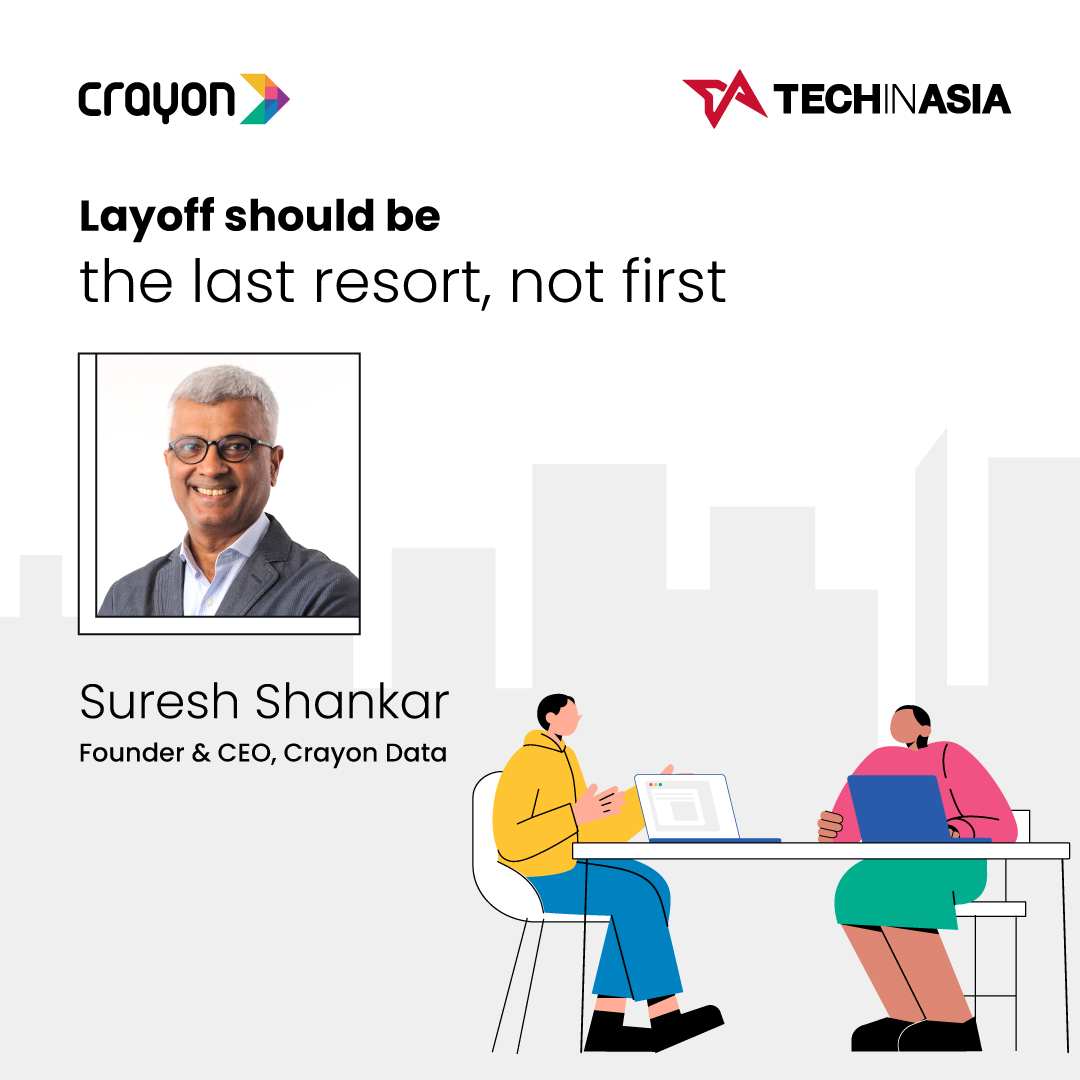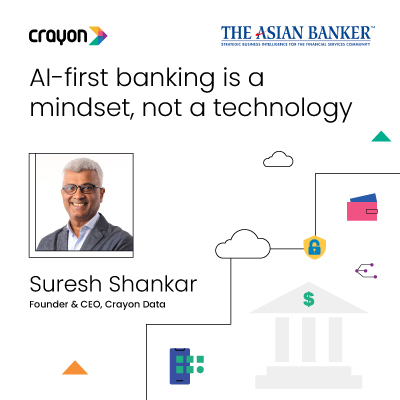Source: The Indian Express
Date: 10-Oct-2022
Amid the second Covid wave last year, Abhi* (name changed on request), an IT consultant, got to know that his daughter is suffering from abdominal cancer. “It was a very tough time for me and my family. Luckily, we know some doctors at AIIMS and the tests started. I immediately informed my superior in Bengaluru and applied for an indefinite leave. My company supported me and allowed me to take leave and work from home (WFH) during this tough time,” said Abhi.
Sharing that he will be working from home till his daughter is under treatment — at least three years as her cancer is in its third stage, Abhi told indianexpress.com that “not only does my company credit my salary on time, they also keep on checking to understand if we need anything”.
But it is not just Abhi, many people have reached out to their companies asking for a permanent WFH option owing to their family circumstances from taking care of elderly parents and working from their hometown to spending more time with their families — something, employers say, was unthinkable in the pre-Covid times. In fact, hundreds of The New York Times employees are working from home in a protest against the company’s return to office push. “Being in charge of our own personal risk assessment is important to our membership… Being asked to give up that ability to be in control of my own personal safety for myself and my loved ones, is something that we don’t want and it hasn’t been negotiated over,” Bloomberg quoted Times software engineer Carrie Price in an interview.
As such, how are companies responding and reacting to such demands? To understand the concept and its many facets, we reached out to industry players who not only decoded the work-from-home module but also listed its pros and cons.
What is work from home?
An “unthinkable” and “unfavourable” set up before the pandemic, many companies resorted to working from home in the last two years, a phenomenon that not only paved the way for a mind shift (for employers and employees both), but also opened up new ways of communication, expectation, and priority-setting with the help of technology, said Sukhpreet Singh, Head of HR, Credgenics.
In fact, according to their individual needs and preferences, numerous companies are arranging for a hybrid virtual model — a new blend of remote and on-site working — as part of which some employees work from office premises, while others work from home according to a rota (alternate/three-days a week). “Such a model promises greater access to talent, increases productivity for individuals and small teams, lowers costs, offers more individual flexibility, and improves employee experiences,” Dr Rohit Sharma, CEO, and founder, Zini.AI, told indianexpress.com.
Agreed Naveen S Pillai, Vice President, HR, Crayon Data, who said that the concept of flexibility at the workplace (location to work from) is now no longer a “differentiator but more or less a given element to most of the employees”. “Our office facilities have been open, and people/teams based in Chennai and Singapore are encouraged to work out of here for 2-3 days a week. In India, talent hired outside of Chennai are being encouraged to come in for collaboration days, quarterly meetings and for critical team cadences. For now, we have allowed team leaders to have the flexibility to decide on how their team members need to operate and plan their work,” said Pillai, talking about his company’s “hybrid work model”.
While WFH is a viable option, how companies respond to such requests depends upon the “sector that they fall under, their working structure, and productivity models.”
“For instance, an IT company would find it suitable to allow WFH or a hybrid model leaning towards WFH, whereas the same can’t be said about the client or consumer-facing job roles and market sectors. The day-to-day proceedings of a creative digital agency, for example, depend heavily on inter-team collaboration and coordination, and client interactions. WFH adds a lot of extra layers to it, hence decreasing efficiency in most cases. My personal experience, too, backs this, as the WFH requests we’ve received lately have been either due to medical reasons or from people who aren’t living locally and want to make a smoother transition,” said Nupoor Pradhan, Head – People Operations, SoCheers.
Moreover, different companies have different stances on allowing WFH, depending on their ideal setup. Similarly, individuals have varying opinions and preferences regarding this working model. “The best results are garnered, I believe, when the needs of the organisation and the individual are aligned,” Pradhan added.
However, there are a lot of companies that have decided not to embrace a permanent WFH set-up, making the workers feel tremendous pressure to put in long hours and not take much, if any, time off, shared Dr Sharma. “While productivity may have gone up, many employees report feeling anxious and burned out. An average of three in 10 employees call in sick to their office when not actually ill,” said Dr Sharma.
Though it has been observed during the pandemic that well-managed remote teams can be far more productive than physically managed workers, organisations are also facing several challenges with the permanent WFH structure, explained Singh while listing some issues
- Lack of collaboration and teamwork
- Loss of motivation
- Unmonitored performance and frequent breaks
- Inadequate office equipment and data security concerns
- Unsatisfactory work environment and frequent distractions
- Frequent burnout
- Difficulty in tracking employee productivity
“Some organisations are still not on-board with the idea of remote work, and the concern is real. Now that normalcy is returning, it is more about flexibility and comfort for employees to work from anywhere. Employers are assessing the benefits and challenges of WFH and are deciding on a case-by-case basis and in consultation with workers, if any, on the feasibility of implementing regular WFH arrangements, if workers request it,” Singh told indianexpress.com.
However, Pratibha Advani, chief business officer, EnableX said that while a degree of flexibility without work getting impacted is an alternative, she said that in-person employee interaction is crucial, too. “We believe that it is equally important for an employee to interact with co-workers in person and that is not always possible through a permanent WFH arrangement. Our employees are seeking a hybrid work environment and we are providing the same,” said Advani.
So, what is being done?
The pandemic demolished many myths about work, workplace, and workforce. It also forced companies to review the mutually reinforcing connections between health, social life, and work in the 21st century. “This new flexible work format laid out a new blueprint for work: one that doesn’t require employees to choose between work and family or work and wellbeing,” said Dr Ashwin Naik, co-founder, Manah Wellness.
Credgenics has devised various ways to engage employees while promoting a flexible and need-based hybrid workplace
- Focusing on performance and output by building trust and implementation of work processes to measure the outcomes rather than actions
- Ensuring availability of the right technology and equipment with employees to enable them to deliver seamlessly
- Equipping employees with training to hone their skills
- Connecting and communicating with employees to avoid burnout and loss of motivation
- Establishing policies to eliminate risks by setting regular working hours, establishing workplace processes, and streamlining day-to-day communication channels
- Leveraging technology to improve productivity and efficiency
According to Dr Naik, it’s time employers relook at rigid work structures and empower people to deliver with high autonomy and accountability, although it may not apply uniformly to all industries. “Also, for employees, it is important to re-evaluate their priorities and consider creating a work environment so that it aligns with their goals. What has changed irreversibly, however, is that workplaces now need to be designed to suit the individual and not centred around work. Employers must deal with this new reality and design policies accordingly. Flexibility in WFH or hybrid workplaces is a must in the post-pandemic world and companies that adapt quickly will win the game of talent retention,” he said.

























